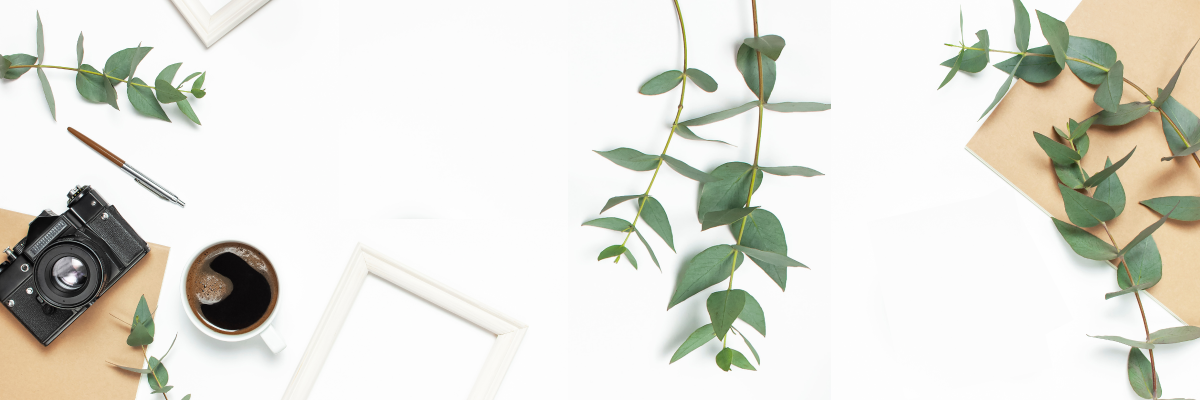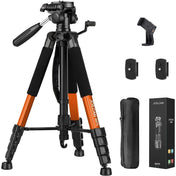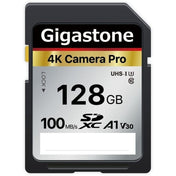Welcome to KatStorm Photo! As a photography enthusiast, one of the most crucial decisions you'll make is choosing the right camera to capture your artistic vision. With a vast array of options available in the market, finding the perfect fit for your needs can be overwhelming. Fear not! This guide is here to help you navigate the world of photography cameras and empower you to make an informed choice that aligns with your unique style and requirements.
Understanding Your Photography Goals
Before diving into the technical specifications of different cameras, take a step back and reflect on your photography goals. Are you an aspiring portrait photographer looking for a camera that excels in capturing intricate details? Or perhaps you're a travel enthusiast seeking a lightweight and versatile option for your adventures. Understanding your primary focus will steer you towards selecting a camera that complements your style.
Choosing Between DSLR, Mirrorless, or Compact Cameras
The photography market offers three main types of cameras: DSLR, mirrorless, and compact. DSLR cameras are known for their optical viewfinders and extensive lens compatibility, making them ideal for professional photographers. Mirrorless cameras, on the other hand, are compact, lightweight, and boast advanced autofocus capabilities. Compact cameras are perfect for casual photographers seeking portability and ease of use.
Considering Sensor Size and Megapixels
One of the critical factors to assess when selecting a camera is the sensor size. Cameras with larger sensors tend to produce higher image quality and better low-light performance. Additionally, pay attention to the megapixel count, as it determines the level of detail your camera can capture. For large prints or heavy post-processing, a higher megapixel count may be beneficial.
Evaluating Lens Options and Compatibility
When choosing a camera, consider the available lens options and their compatibility with the camera body. Different lenses cater to various photography genres, such as wide-angle for landscapes and telephoto for wildlife. Opting for a camera with a wide selection of lenses gives you the flexibility to explore different perspectives and styles.
Weighing Portability and Handling
Portability and ergonomics play a vital role in your overall photography experience. If you're constantly on the move or prefer discreet shooting, a compact and lightweight camera may be your best bet. Conversely, if you engage in extended photo shoots that require a comfortable grip and intuitive controls, a larger camera body might be more suitable.
Assessing Autofocus and Performance
For photographers capturing fast-moving subjects or shooting in challenging lighting conditions, autofocus performance is a key consideration. Cameras equipped with advanced autofocus systems offer quick and accurate subject tracking, ensuring you nail the shot every time. Additionally, evaluate the camera's overall performance in terms of burst shooting speed and buffer capacity.
Exploring Video Capabilities
In today's multimedia landscape, many photographers leverage video content to expand their creative horizons. If videography is part of your repertoire, look for a camera that excels in video recording, offering features such as 4K resolution, in-body stabilization, and external microphone support. The ability to seamlessly switch between photography and videography modes can elevate your storytelling potential.
Setting a Budget and Value Proposition
Establishing a budget range early in your camera selection process can help narrow down your options and prevent overspending. While high-end cameras boast cutting-edge features, there are plenty of mid-range options that deliver exceptional performance at a more accessible price point. Focus on the value proposition of each camera, weighing its features against the investment required.
Researching Reviews and User Feedback
Before finalizing your decision, delve into photography forums, review websites, and user testimonials to gain insights into the real-world performance of the cameras you're considering. Look for feedback on image quality, usability, durability, and customer support. Real-life experiences from fellow photographers can offer valuable perspectives that might influence your choice.
Hands-On Testing and Try-Before-You-Buy
While online research is valuable, there's no substitute for hands-on experience with a camera. Visit a camera store or attend photography expos to test different models, assess their handling, and gauge their intuitiveness. Trying out a camera before making a purchase can help you determine if it aligns with your shooting style and feels comfortable in your hands.
Seeking Future-Proof Features and Upgrade Paths
As technology continues to evolve, consider the future-proofing aspects of the camera you're eyeing. Look for features such as weather sealing, dual card slots, and wireless connectivity that enhance your shooting experience and ensure longevity. Additionally, evaluate the upgrade paths offered by the camera brand to safeguard your investment as you advance in your photography journey.
Capturing Your Vision with Confidence
Armed with a deeper understanding of the key factors to consider when choosing a photography camera, you're now equipped to embark on your camera selection journey with confidence. Remember that the perfect camera is the one that empowers you to unleash your creativity, capture memorable moments, and bring your unique perspective to life through photography. Your camera is not just a tool but an extension of your artistic vision. Choose wisely, and let your creativity soar!
Explore another user's Shopify store by clicking here. Please note that this is a promotional link, and we assume no responsibility for the content on the linked store.











